April 2021

April 2021
Koreans have an unparalleled passion for hiking. Simply consider how many people congregate to the hills when spring flowers are in bloom or when the leaves change in autumn. And I’m not just talking about the well-known mountains in the vicinity of Seoul: trails around the country get as crowded as a subway station at rush hour. Plenty of people go hiking early in the morning on New Year’s Day to greet the first sunrise of the year.
![]()
Written by
Park Wonsik,
naturalism essayist
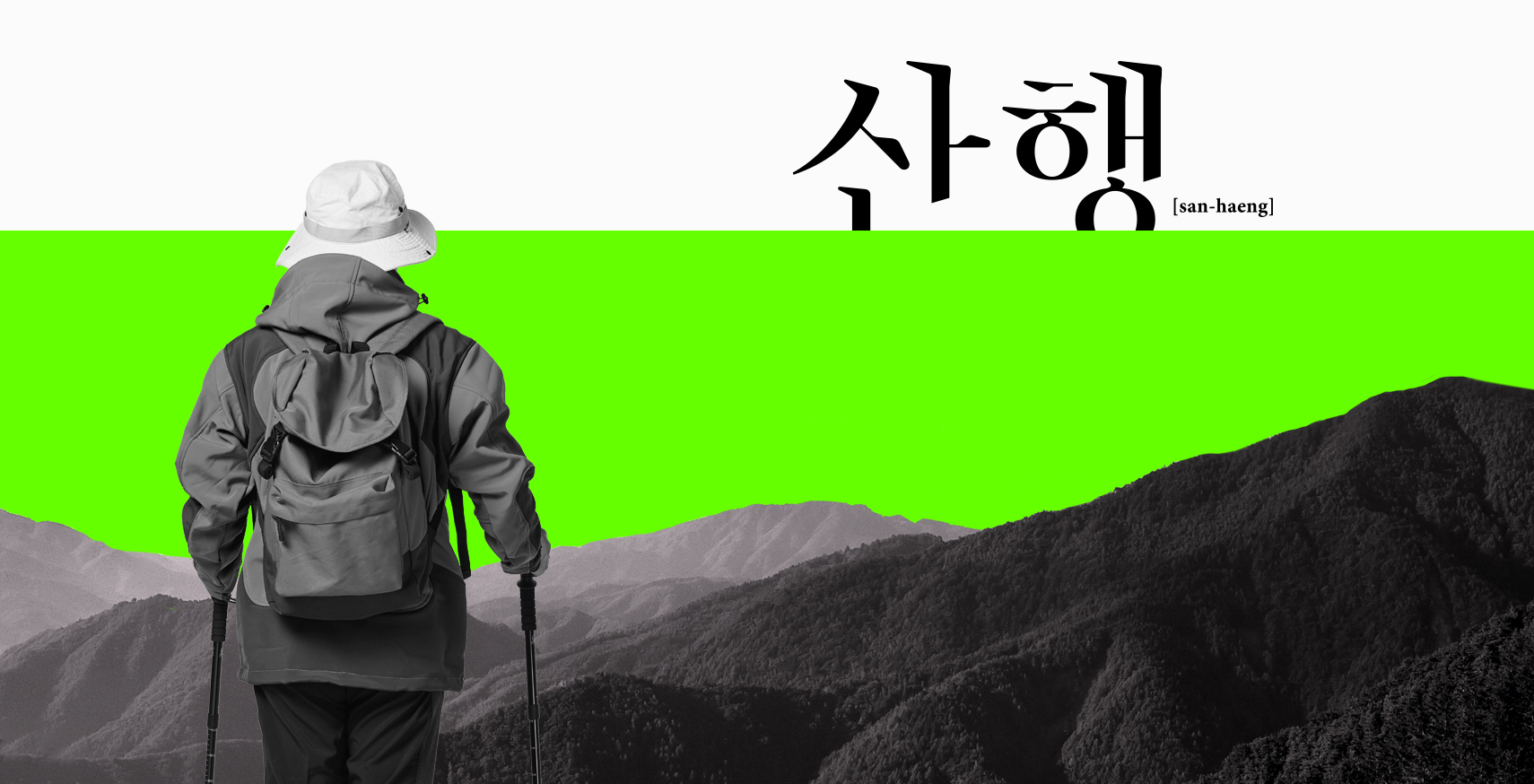
What is it about mountains that brings Korean hikers so much pleasure? The answer to that question may well vary with the individual, but clearly many Koreans take habitual joy and comfort both in the mountains and in nature more broadly. Quite a few people are hiking manias, while plenty of others say that hiking is the only way they can deal with the severe stress and loneliness of their lives.
Korea is a very mountainous country, with hills covering 70% of its landmass. That means mountains have always served as the backdrop of Koreans’ lives. The picturesque and tranquil view of low hills affectionately huddled together is perhaps the most typical of all Korean landscapes. When azalea blooms in the hills, Koreans are often drawn there by some irrepressible urge. Koreans overseas say they often yearn for the hills and fields of their home country, sprinkled with the splendid pale pink of the azaleas. Koreans think of their hills as good-natured neighbors. Furthermore, the hills here are generally low enough to be approachable: they can be easily climbed in a pair of flip flops. That’s the biggest reason that hiking is so popular in Korea.
But when exactly did Koreans start hiking? It’s difficult to pinpoint the precise origin, but our ancestors have long been heading into the hills on all kinds of business.
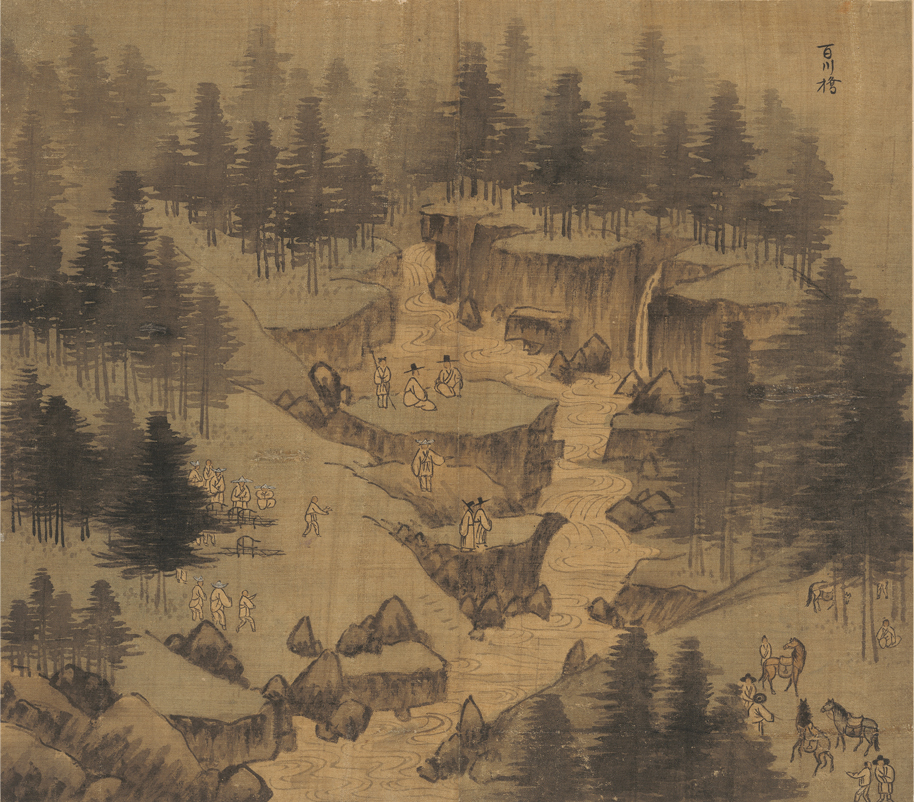 The nobility of Joseon era were fond of making excursions
The nobility of Joseon era were fond of making excursions
to famed mountains,
like the Geumgangsan Mountain shown.
The featured minhwa
(folk art) was drawnby Jeong Seon,
a landscape painter (1676–1759).
© National Museum of Korea
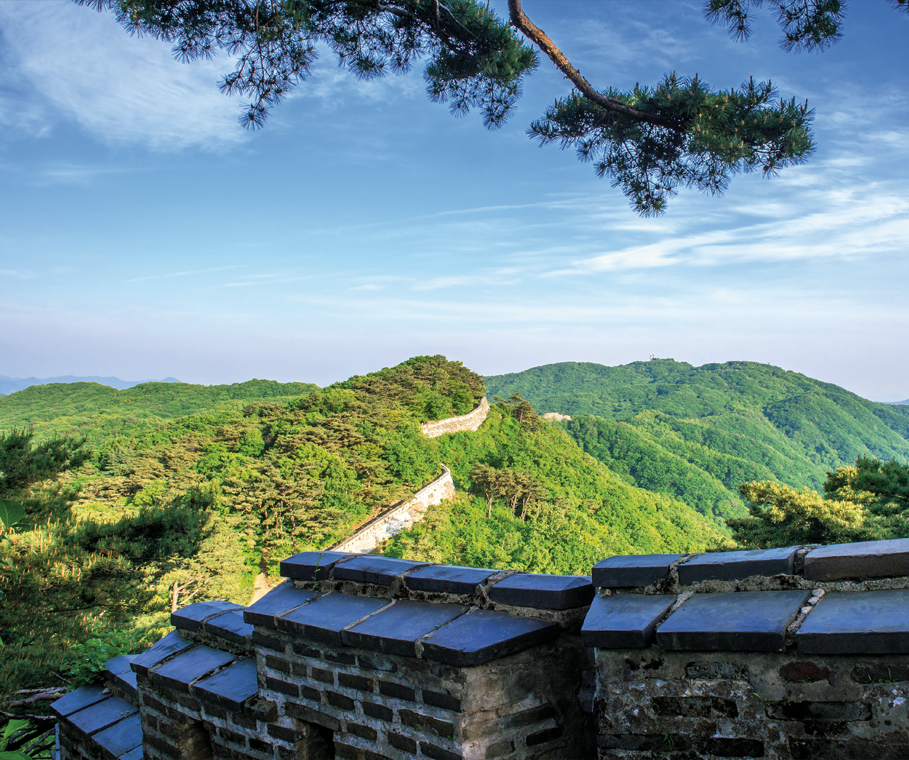 Situated approx. 25 km southeast of Seoul, Namhansanseong Fortress is a UNESCO World Heritage and landmark that had been
Situated approx. 25 km southeast of Seoul, Namhansanseong Fortress is a UNESCO World Heritage and landmark that had been
designed as an emergency capital in the Joseon Dynasty. © shutterstock
Our hunter-gatherer ancestors stalked the slopes to spear wild game and climbed to the top to check on the weather, which could be seen as the genesis of hiking. Alternatively, we could regard the Koreans who performed rituals for the mountain spirits on the mountain peaks — part of an ancient tradition of mountain worship — as being the original hikers. Others trace hiking back to the hwarang, the elite young warriors of the Silla Dynasty, who roamed through the hills to hone their martial skills, or to the Buddhist monks who took up residence in the mountains during the Three Kingdoms Period.
Since time immemorial, therefore, Koreans have often engaged in what could be called hiking. Even more diverse forms of hiking appeared in the Joseon Dynasty. Koreans frequently traveled through the mountains for military, academic, and political purposes. Even rock climbing is depicted in fascinating folk paintings from the mid-Joseon Dynasty. What’s most striking is that the scholarly nobility left behind a clear record of the hikes they often took as a form of sightseeing. The philosophy behind their hikes was somewhat different from today. They regarded hikes as a way to discipline the mind: the mountains served as a sort of mental gym. These refined individuals often penned thoughtful accounts of their excursions through the hills, creating genre known as yusangi in Korean.
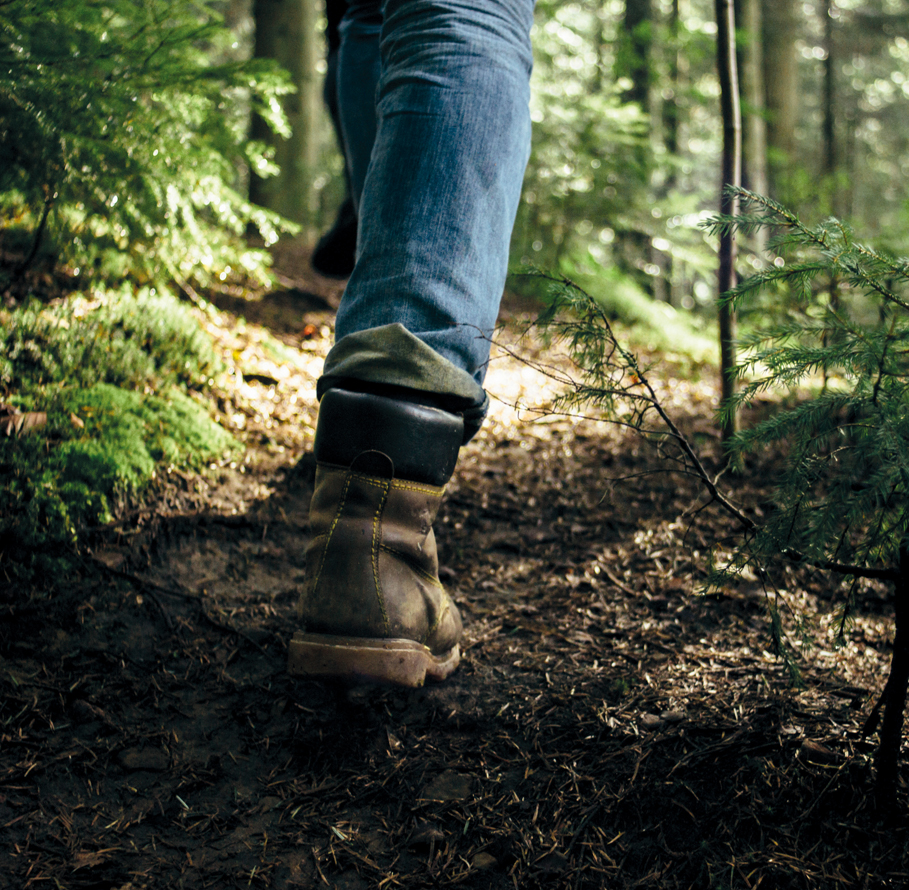 Historically accorded to hiking activities were many purposes as well as symbolic implications. © shutterstock
Historically accorded to hiking activities were many purposes as well as symbolic implications. © shutterstock
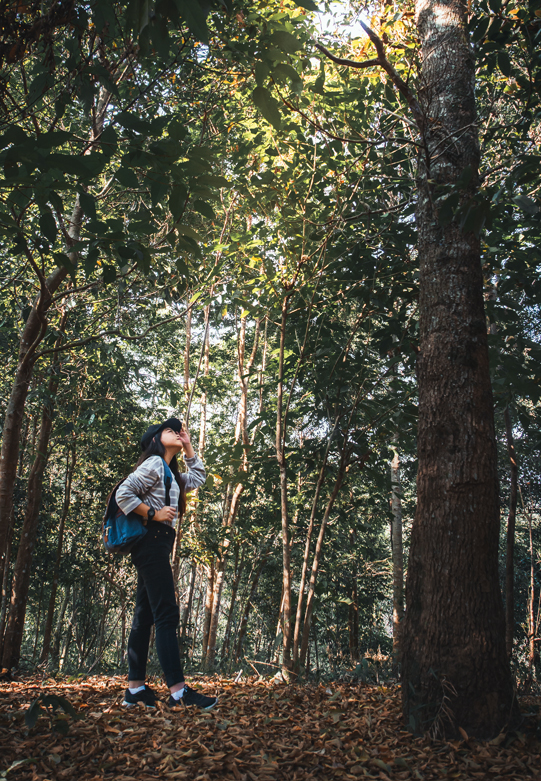 © shutterstock
© shutterstock
Hiking in the modern sense of the word arrived in the mid-20th century from the West, under the influence of alpinism. This new approach, with its focus on the thrill of conquering a peak, was imported to Korea along with mountaineering techniques. As more people sought to climb ever-higher mountains in ever-shorter times, hiking was embraced by the masses. Today, it has become one of Koreans’ favorite recreational activity.
A growing number of serious hikers tackle the Baekdudaegan mountain range; the number of trekking courses has exploded; even night hiking has become popular. People commonly tag along with friends for a hike, often ending up as converts into apostles of mountaineering.
Korea’s hills are generally low enough
for maximal approachability, often easily
trekked on a casual basis.
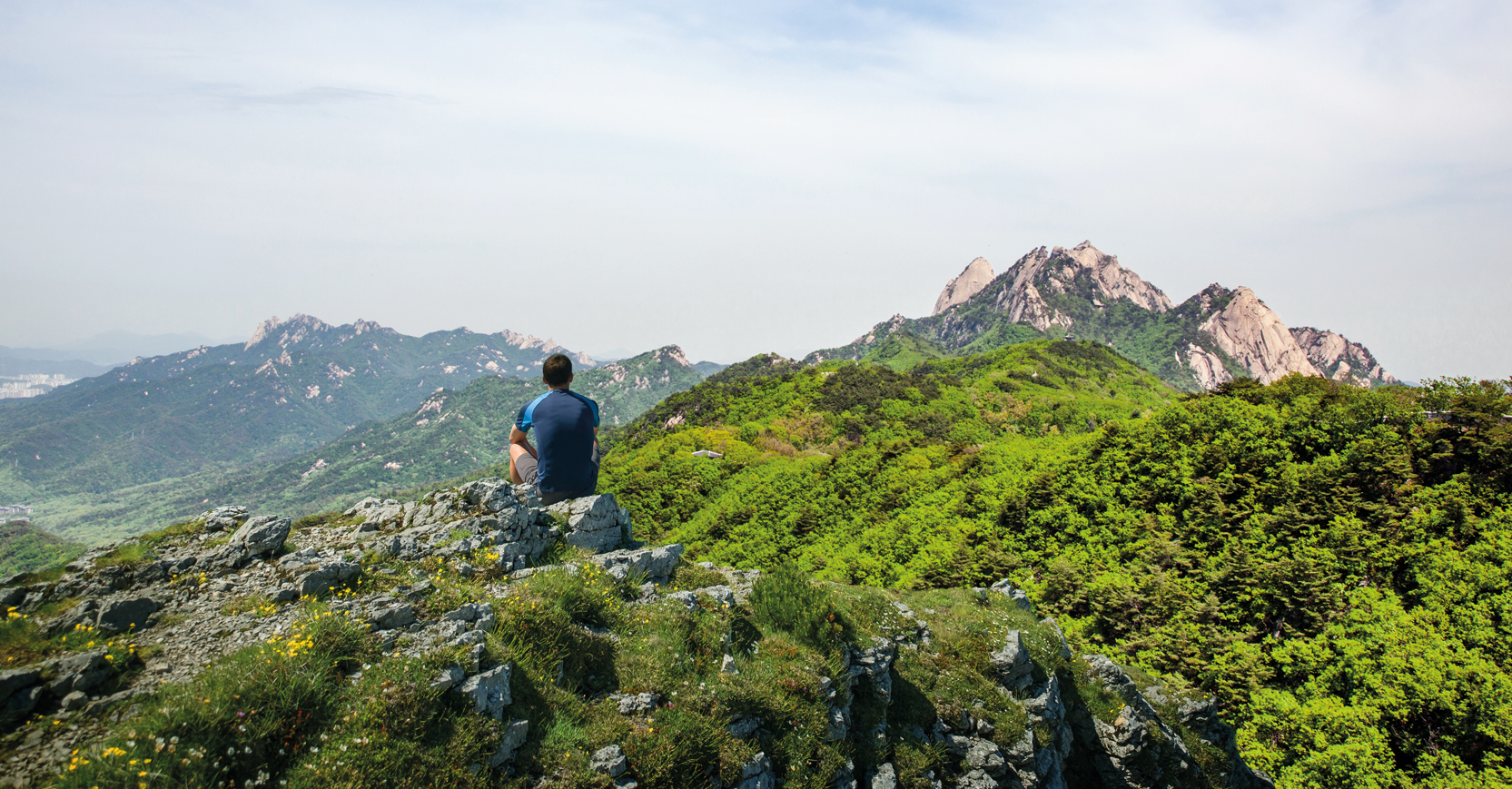 April heralds Korea’s lush spring and summertime greenery. © shutterstock + clipartkorea
April heralds Korea’s lush spring and summertime greenery. © shutterstock + clipartkorea
The reasons that Koreans go hiking seem to be gradually changing for the better. While many still enjoy conquering summits, others take to the trail to restore focus to a distracted mind. Rather than hiking to race up a mountain or as outdoor exercise, a growing number of people find pleasure in communing with nature. The mountain air awakening our senses, the immobile tranquility of the trees and the winds whispering through the woods — all are noble gifts of nature that are inaccessible in the city. Enjoying them on a hike gives us a precious opportunity to invigorate our dull routines.
Hiking in Korea was long the preserve of the middle-aged. But that tendency has been transformed as masses of young people join the ranks of hikers. That has been one of the more positive effects of COVID-19. Chafing in the “prison of masks” and left with nothing to do and nowhere to go, young people have turned to hiking as an escape from their routine. But for those who are both profoundly passionate and anxious about their lives, mountains offer more than mere fun. After all, mountains and nature are what inspire us to ask the deep questions about who we really are. Hiking provides what could be called an opportunity for self-reflection. That’s why I’m so glad to see hiking catch on with Korean young people.